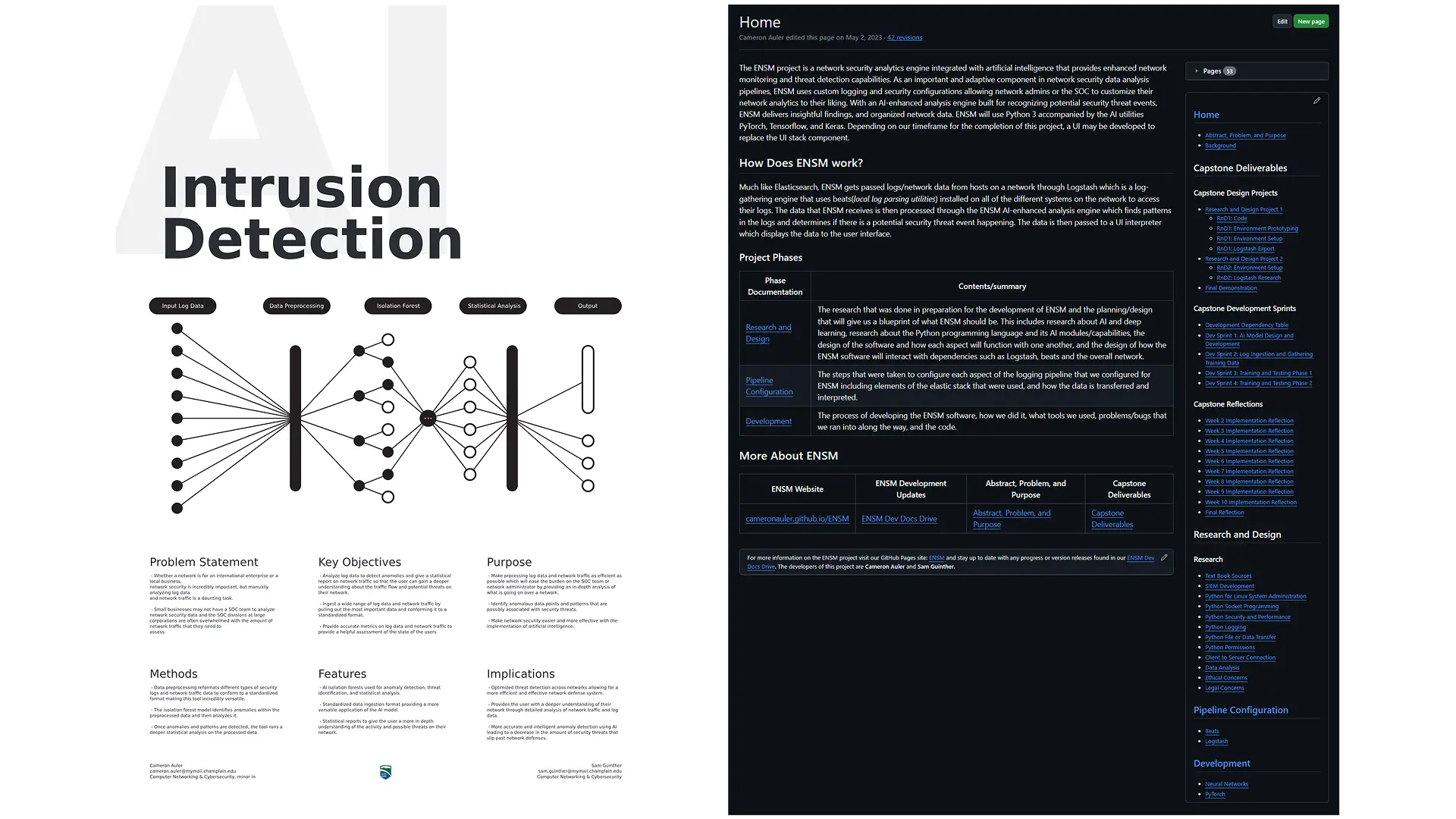Cameron Auler
I’m an AI software engineer specializing in building secure, scalable systems that bring machine learning into the real world — safely and effectively.
Llamaduck Design
Llamaduck is a company I founded with the goal of helping businesses safely and effectively integrate AI into their products, workflows, and customer experiences. At Llamaduck, I lead all technical architecture and software development, designing full-stack systems that combine scalable infrastructure with powerful AI capabilities.
Our work spans both internal business tools and customer-facing applications — always with an emphasis on high-quality UX, safe AI usage, and strong security principles. We build AI systems that are not just functional, but intuitive and responsible. Ongoing projects under Llamaduck include Aim, a smart fitness assistant, and Verve, a conversational language learning tutor — both examples of how we turn complex AI into seamless user experiences. The company’s name is intentionally lighthearted and memorable, but the engineering is serious.
Check out my company



Aim
Aim is an AI-powered fitness platform built to serve both gym members and gym operators, with a strong emphasis on B2B integration. Developed in collaboration with real fitness organizations, Aim uses machine learning to generate personalized workout plans based on a user’s specific goals, habits, and gym equipment availability.
The system intelligently recommends training programs across diverse workout styles such as weightlifting, CrossFit, yoga, and calisthenics. Aim tracks user progress, analyzes goal completion, and provides adaptive insights into performance. On the business side, gyms use Aim to promote classes, trainers, and events — and the AI helps match users with specific instructors based on fitness goals and available scheduling. The app is deeply integrated with gym infrastructure, ensuring that every recommendation is contextualized to the actual equipment and offerings of that location. I architected the system to be modular, scalable, and optimized for both mobile and web environments, with Firebase, React Native, and AI backends forming the core stack.
Check out our progress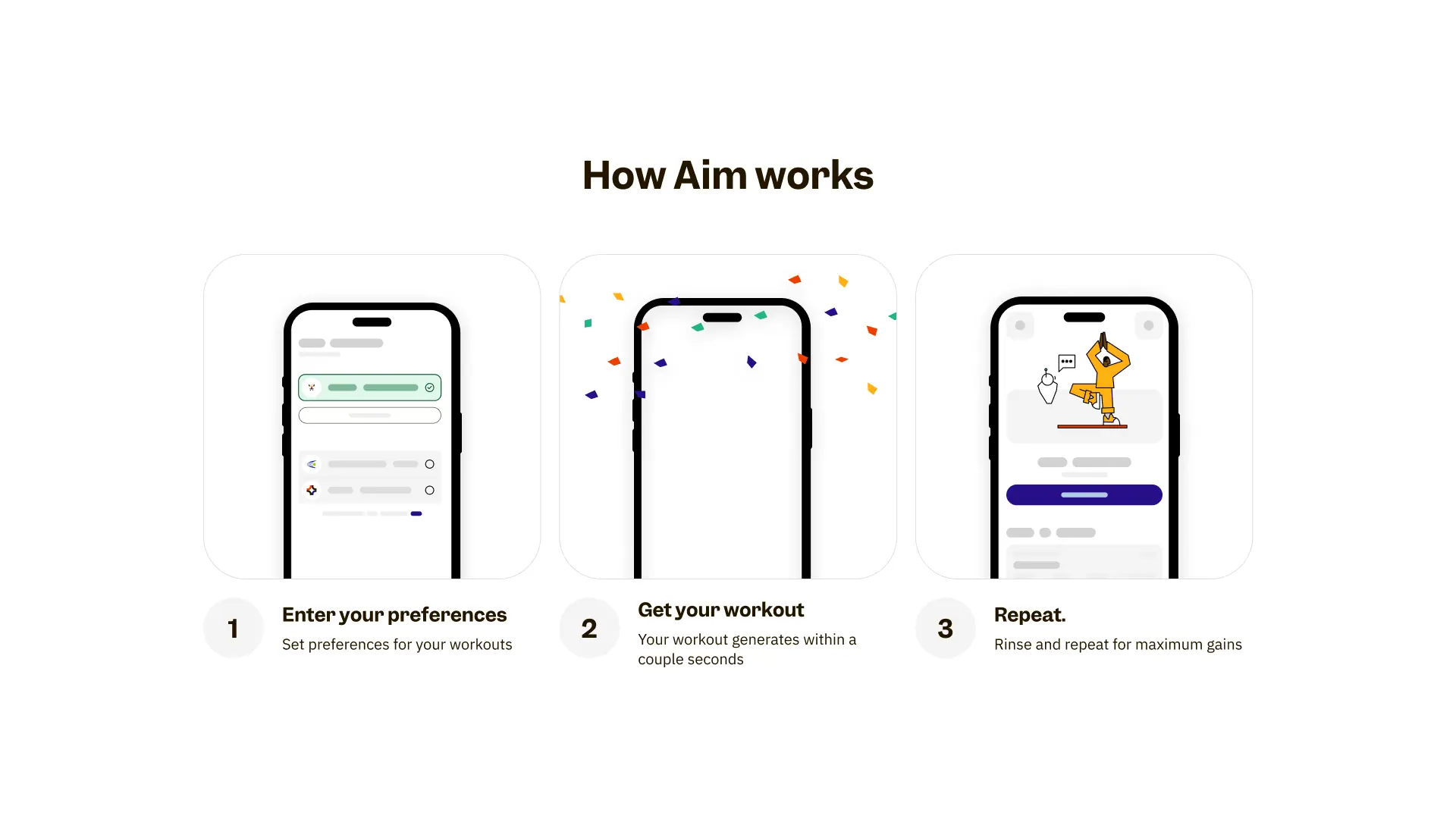
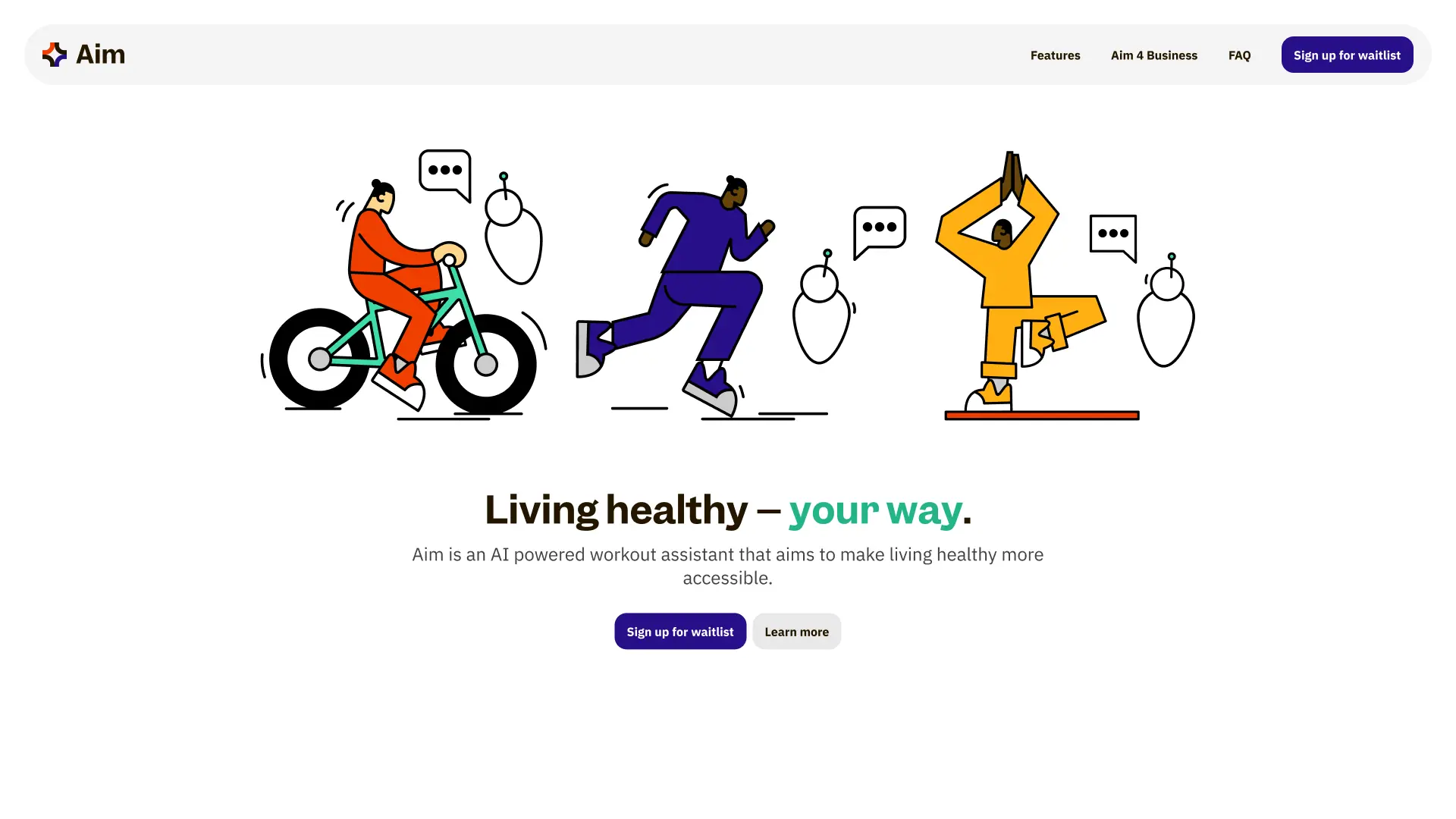

Verve
Verve is an AI-driven language learning application designed to mimic real-life conversational immersion. It simulates a phone call with a live tutor, letting users speak in real time with an AI that responds intelligently, evaluates pronunciation, and adapts to the learner’s fluency level. Users can set learning goals and fluency levels, track their conversational progress, and receive feedback on pronunciation, grammar, and vocabulary usage.
One of Verve’s standout features is the AI-generated story engine, which creates custom language-learning stories at the learner’s skill level to reinforce contextual vocabulary and sentence structure. I designed Verve to support multilingual expansion and low-latency speech analysis using modern NLP libraries, speech-to-text pipelines, and real-time audio handling. The app also includes a user-centric dashboard for goal setting and progress tracking, powered by Firebase and React Native for fast cross-platform development.
View our progress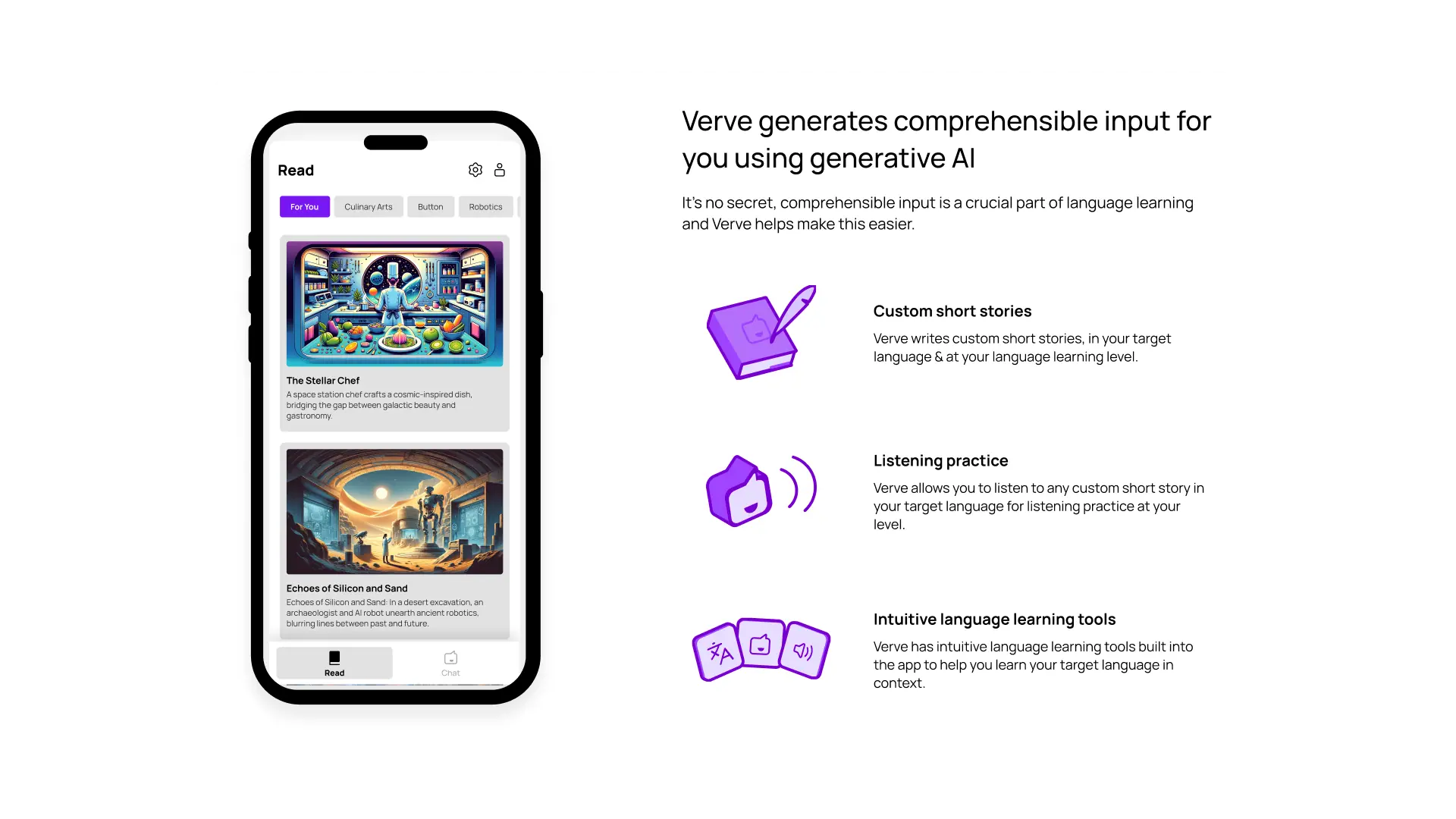
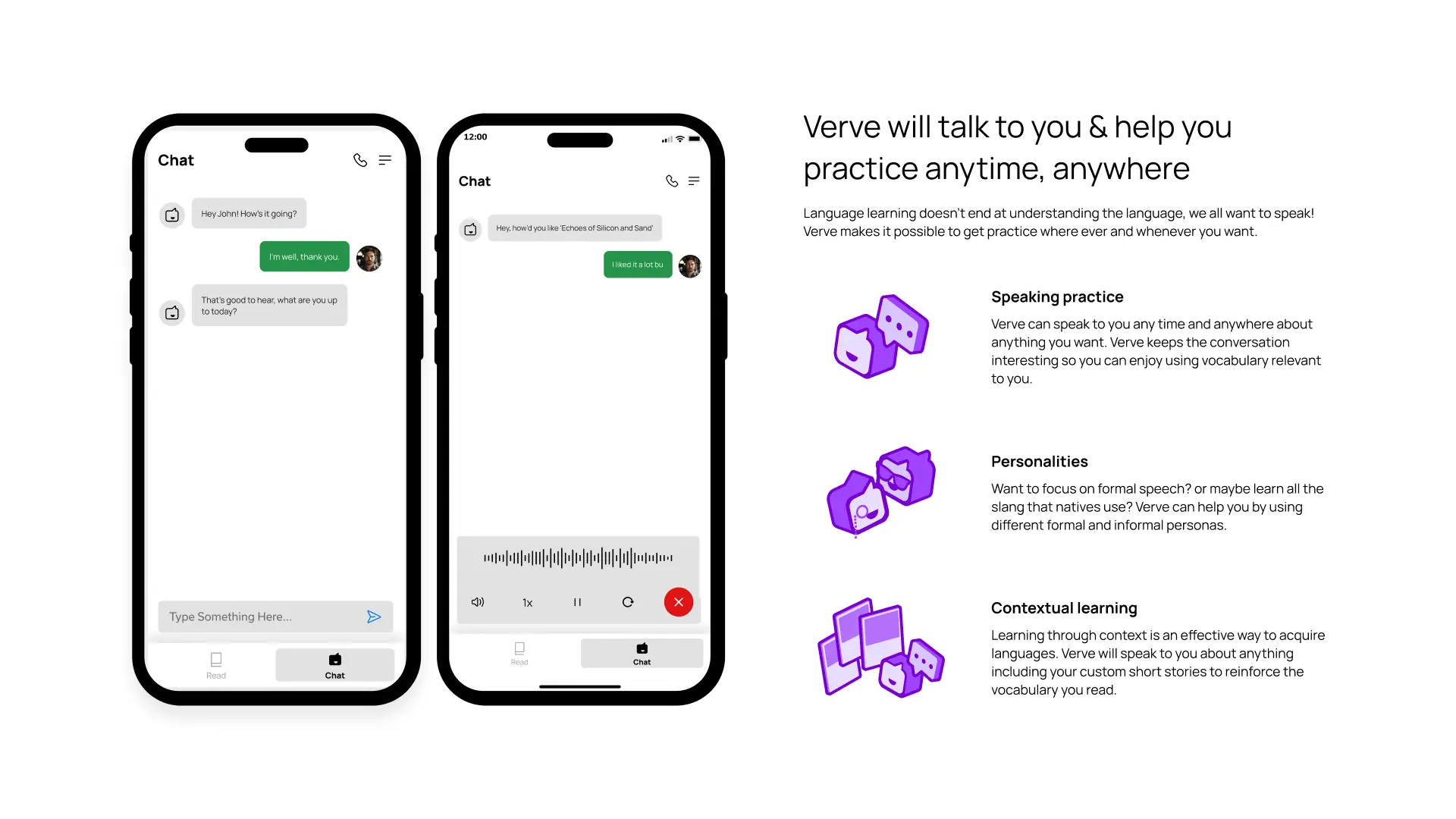
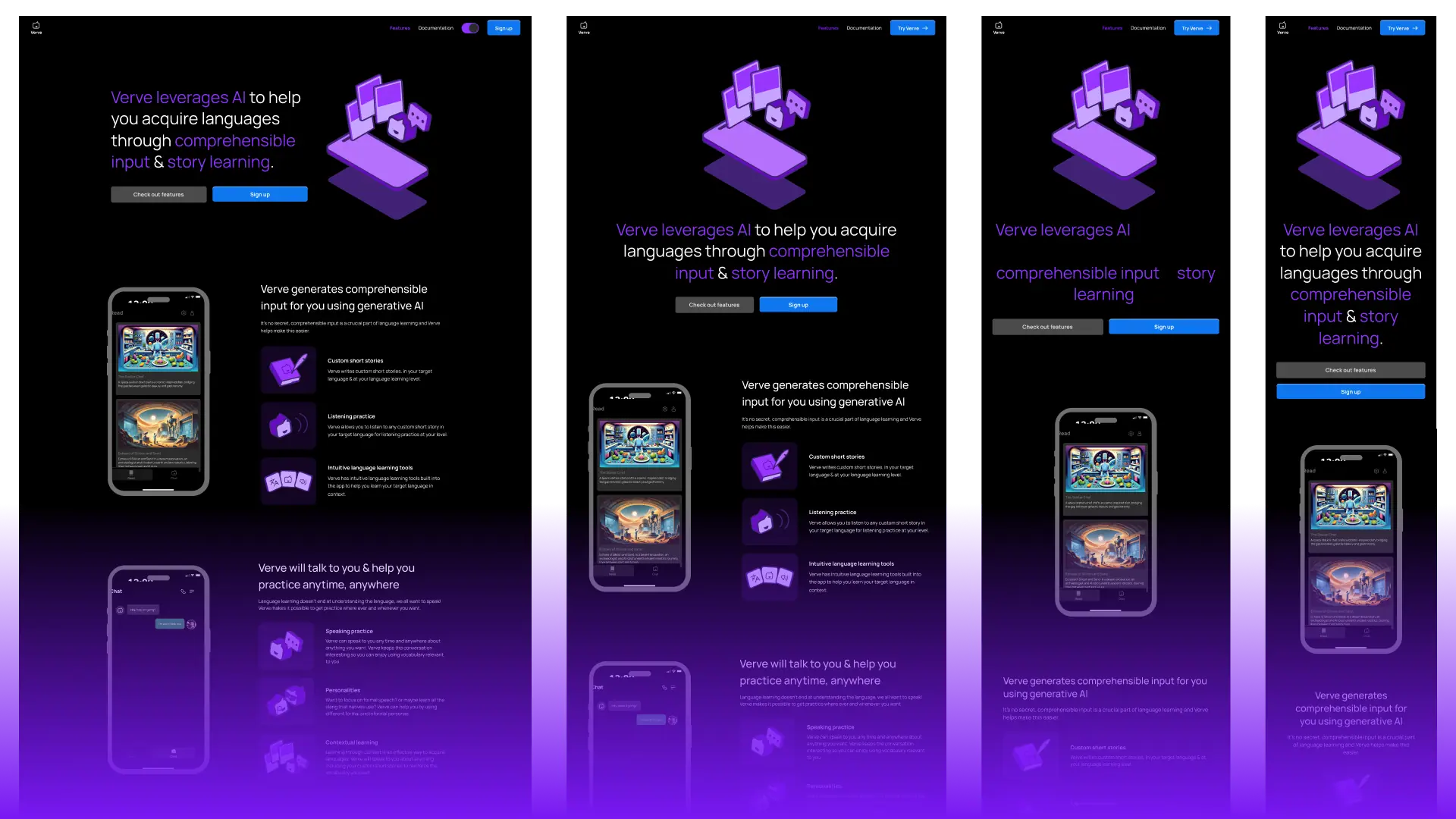
Bastion Security
Bastion Security is a security research and development initiative I created to explore secure software design, ethical hacking practices, and educational resource distribution. As both a learning platform and brand, Bastion houses security tools, blog articles, and community resources that focus on helping developers and businesses build with security in mind. I designed the platform using modern web technologies and implemented frontend-first secure UI/UX principles.
I also developed Python-based tools demonstrating secure coding practices, encryption basics, and secure user input handling. Through this project, I deepened my knowledge in cybersecurity, threat modeling, and ethical exploit analysis — while also building a cohesive product brand around accessibility and developer education.
Visit the site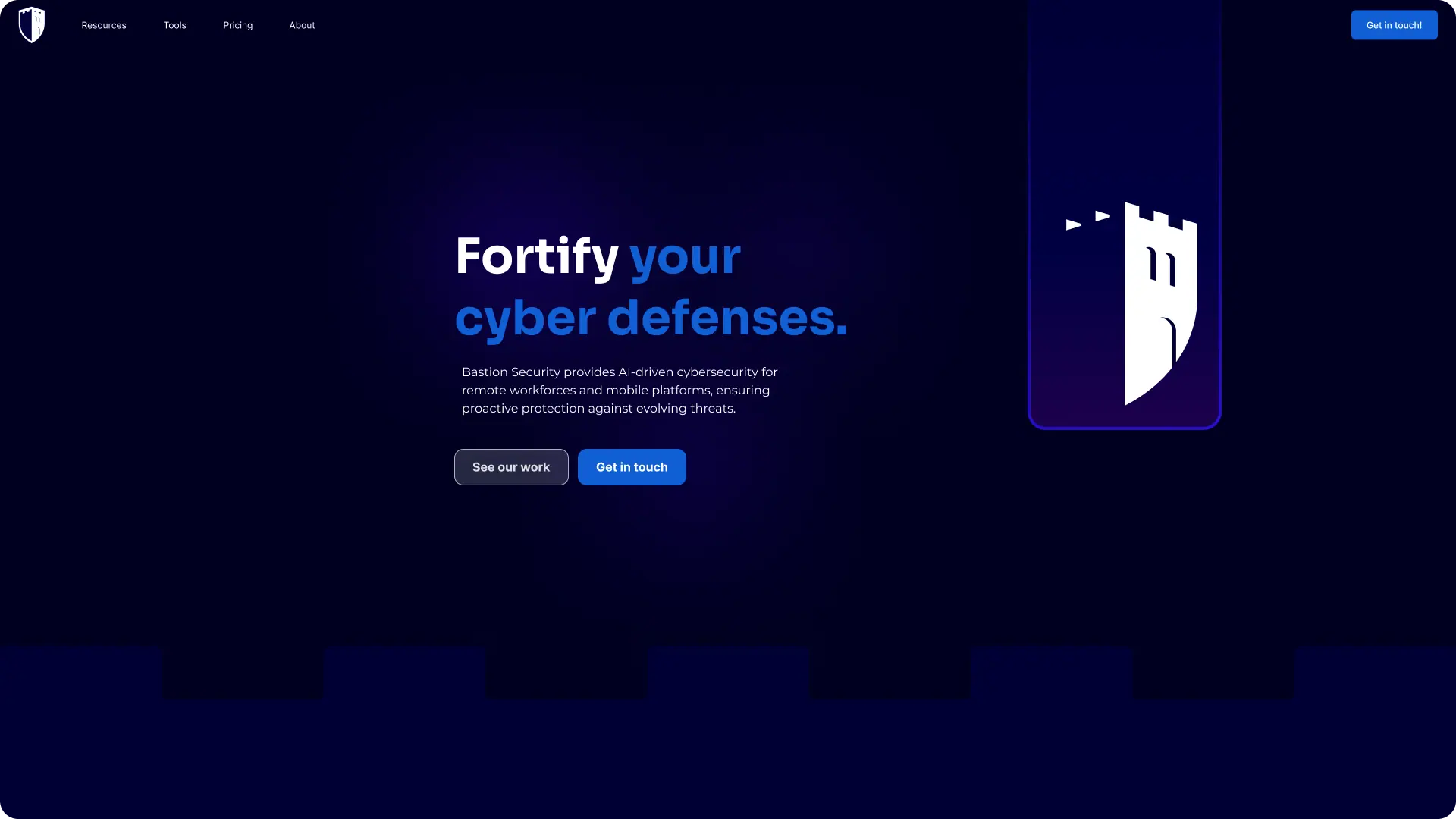
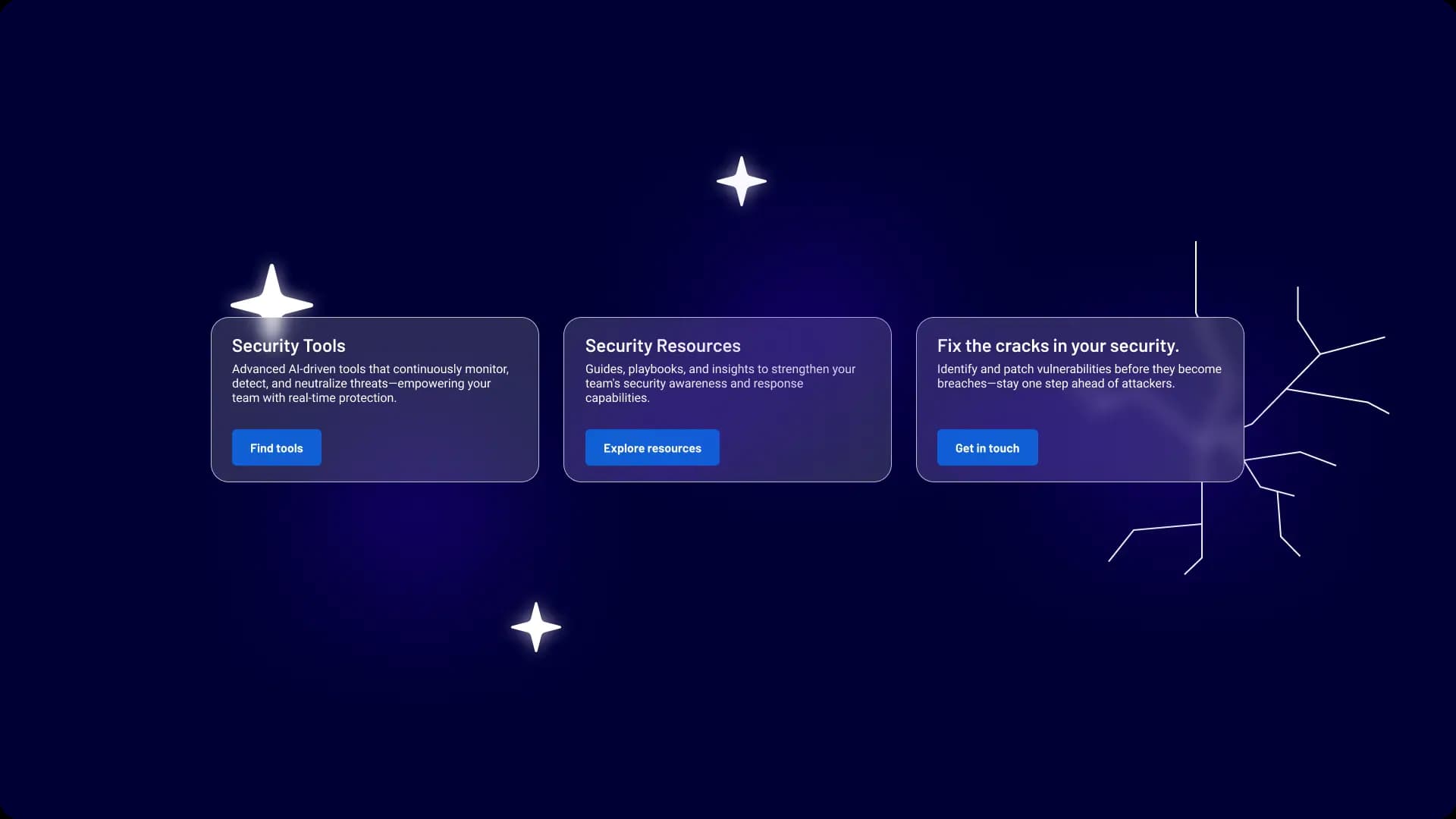
The URL Toolkit
The URL Toolkit is a full-stack platform I’m developing that functions as a social bookmarking and resource-sharing ecosystem — like a more intelligent and organized alternative to your browser bookmarks. It allows users to collect, tag, and categorize links into organized folders, interact with a feed of trending or highly rated links, and discover new tools shared by others in the community.
Built with Next.js and Firebase, the platform supports real-time updates, user likes, reporting mechanisms, and analytics for shared URLs. The backend includes moderation tools, SEO metadata extraction, and a tagging system that helps categorize thousands of resources efficiently. Designed to serve power users — students, developers, creators — the URL Toolkit helps preserve and surface years of accumulated knowledge through link-sharing. I engineered both the front-end experience and the cloud-based backend infrastructure, ensuring responsiveness, discoverability, and long-term scalability.
Take a look at the site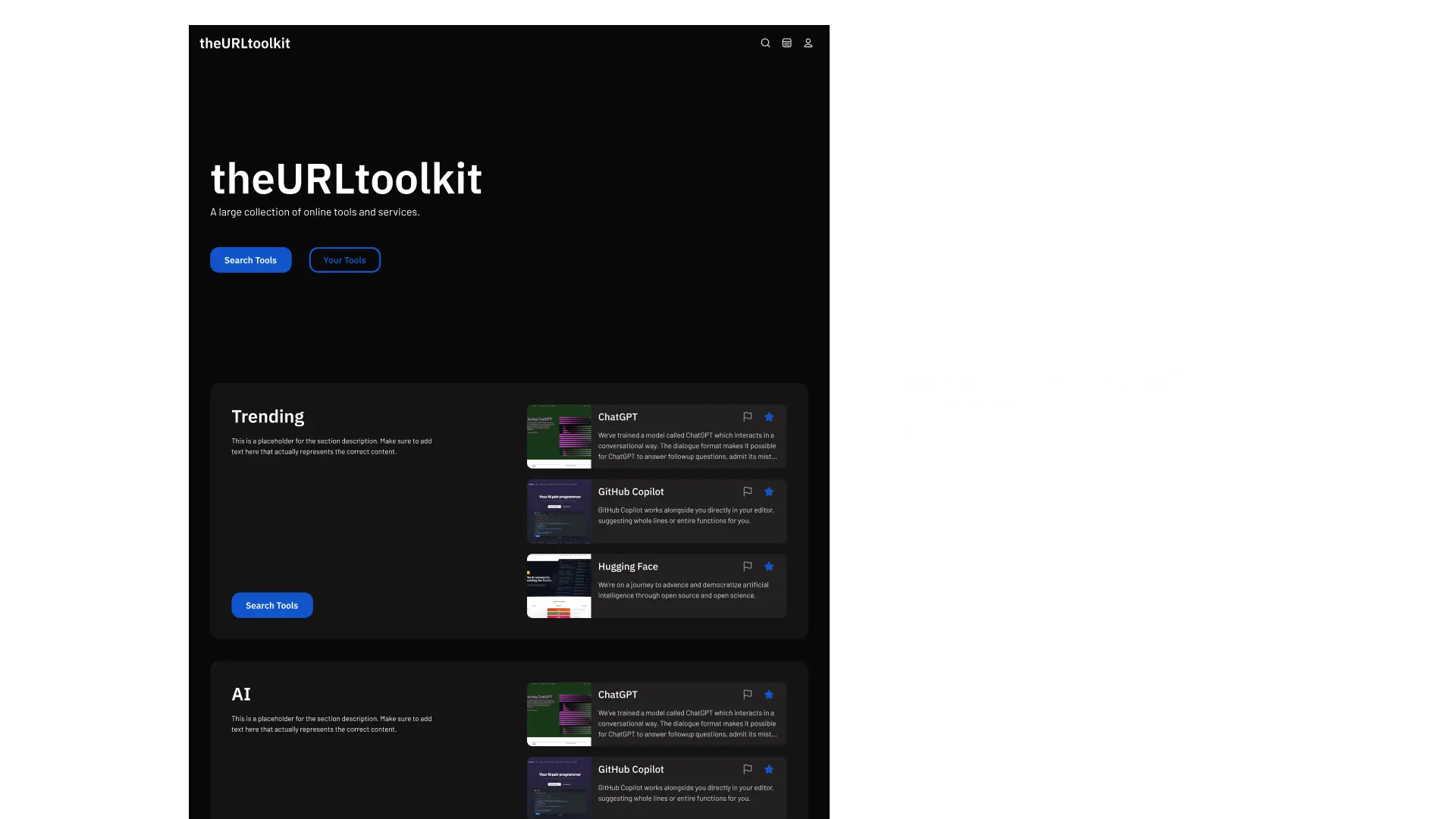
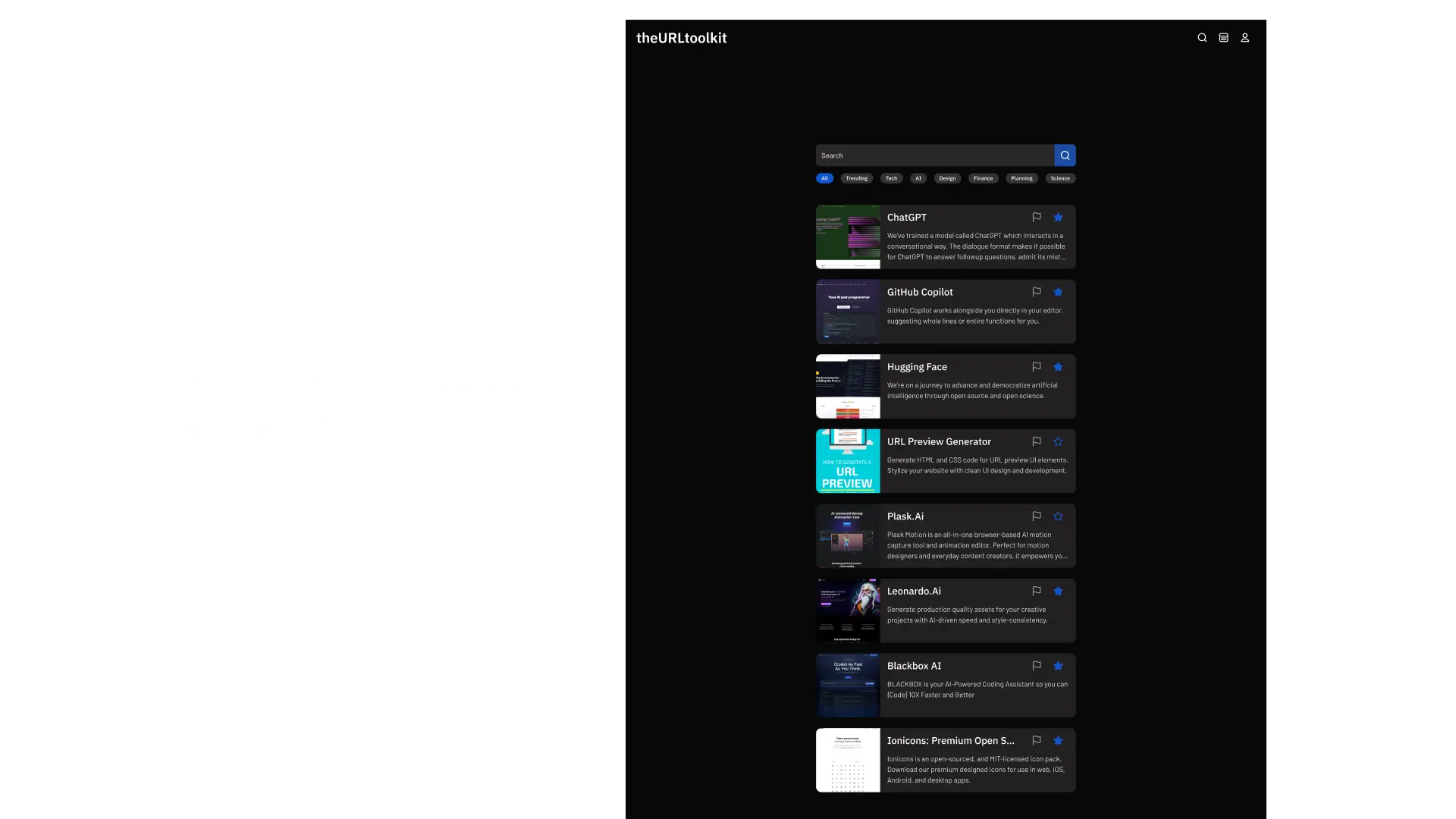
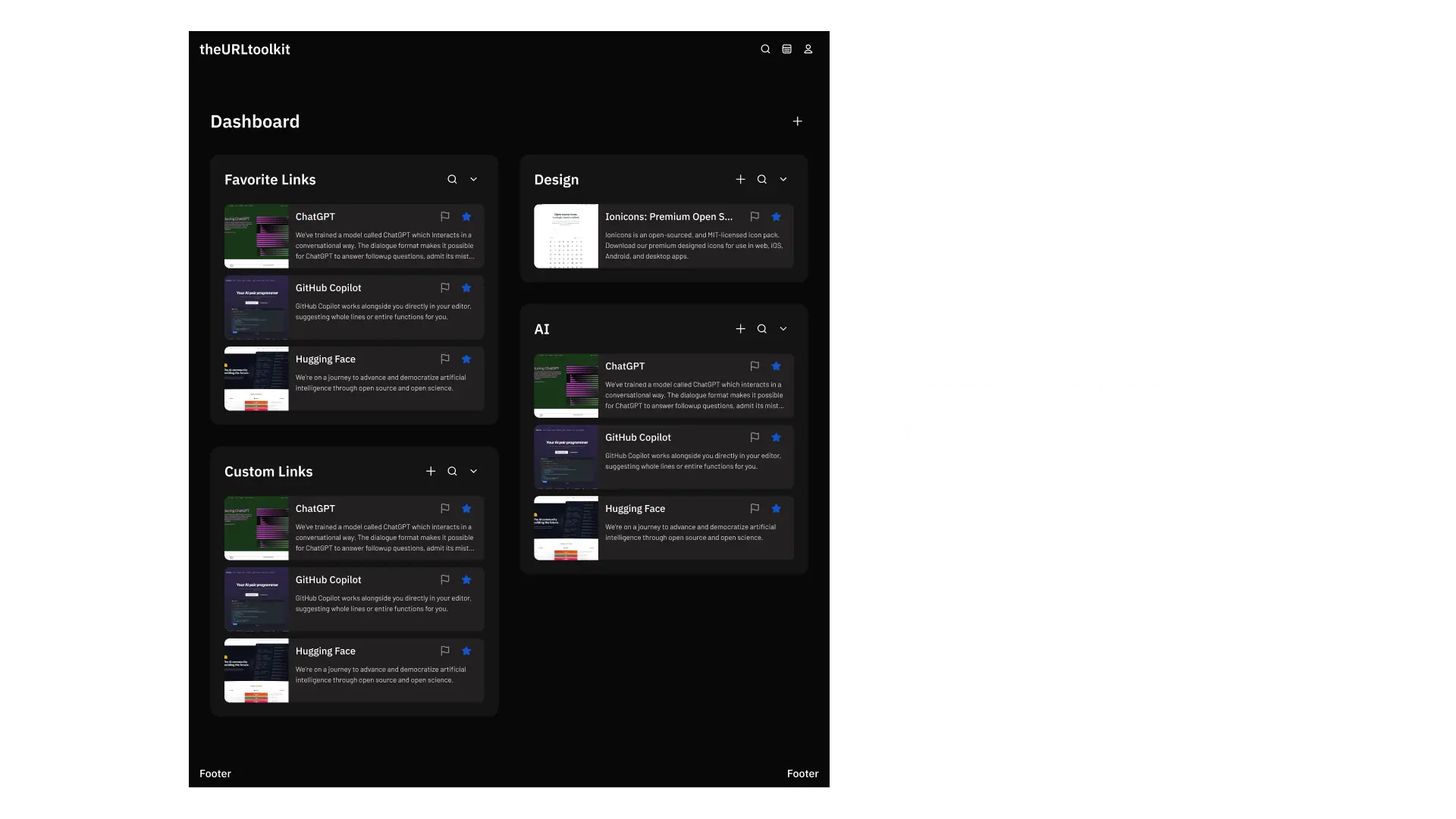
ENSM
ENSM (Enhanced Network Security Management) is an AI-powered SIEM system developed for my senior capstone project. It uses ensemble machine learning techniques — including Random Forest and Isolation Forest — to detect anomalies in network activity with 99.8% accuracy. Built in Python, ENSM combines traditional log aggregation with real-time behavioral analysis to help security analysts and SOC teams detect malicious activity before it escalates.
I built custom log parsers, configured secure network traffic simulators, and developed a dashboard that displays alerts and insights in a human-readable format. The system was designed to be modular and customizable, allowing IT administrators to plug in different detection rules and AI thresholds. The AI pipeline was built using TensorFlow and PyTorch to test model performance across frameworks. ENSM is open-source and documented in full via GitHub Wiki, and showcases my ability to bridge cybersecurity principles with applied machine learning in a high-stakes environment.
Dive into the project